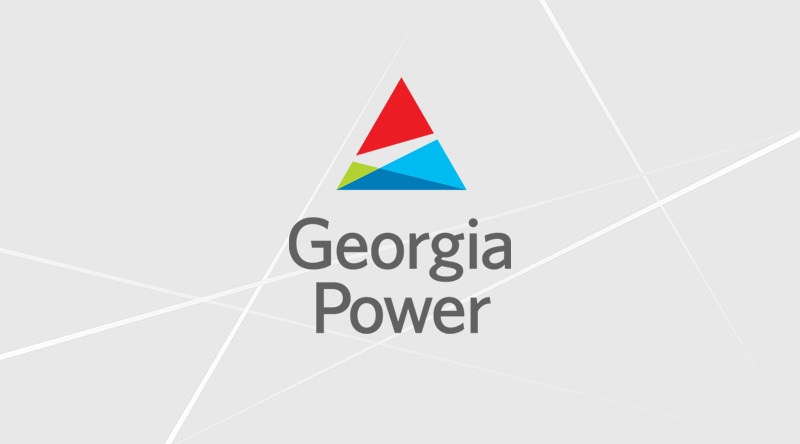Someone asked:
Here's my take. After the dust settles, and subsidies go away:
The utilities don't want to have to act as batteries for solar customers, so they're going to charge for it.
And their costs are driven by peak demand, not average energy use, so they're going to charge by peak power use in any 15 minute window during the billing period.
These are not evil motives, that's simple economics.
That sets up incentives for
- demand management, e.g. in the future, appliances will try to avoid running if you're too close to your peak grid load. ("Are you sure you want to do that, Dave? It will be expensive.")
- supply curve matching, e.g. pointing panels west (to minimize peak power taken from grid) rather than always south (to maximize energy generation)
- peak shaving, e.g.. having just enough storage locally to reduce your peak usage so the peak demand charges don't kill you
(as opposed to having even more storage to let you run overnight without grid power).
could you expand a bit into what your "crystal ball" might be telling you about net metering?
The utilities don't want to have to act as batteries for solar customers, so they're going to charge for it.
And their costs are driven by peak demand, not average energy use, so they're going to charge by peak power use in any 15 minute window during the billing period.
These are not evil motives, that's simple economics.
That sets up incentives for
- demand management, e.g. in the future, appliances will try to avoid running if you're too close to your peak grid load. ("Are you sure you want to do that, Dave? It will be expensive.")
- supply curve matching, e.g. pointing panels west (to minimize peak power taken from grid) rather than always south (to maximize energy generation)
- peak shaving, e.g.. having just enough storage locally to reduce your peak usage so the peak demand charges don't kill you
(as opposed to having even more storage to let you run overnight without grid power).




Comment